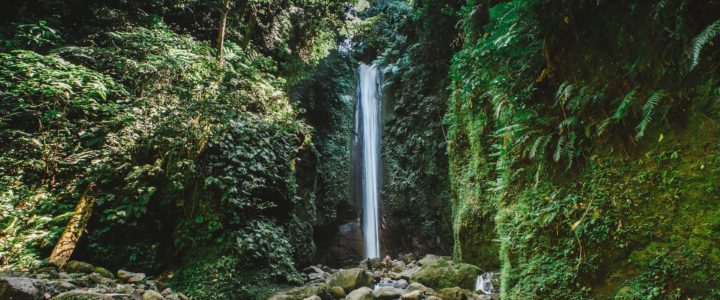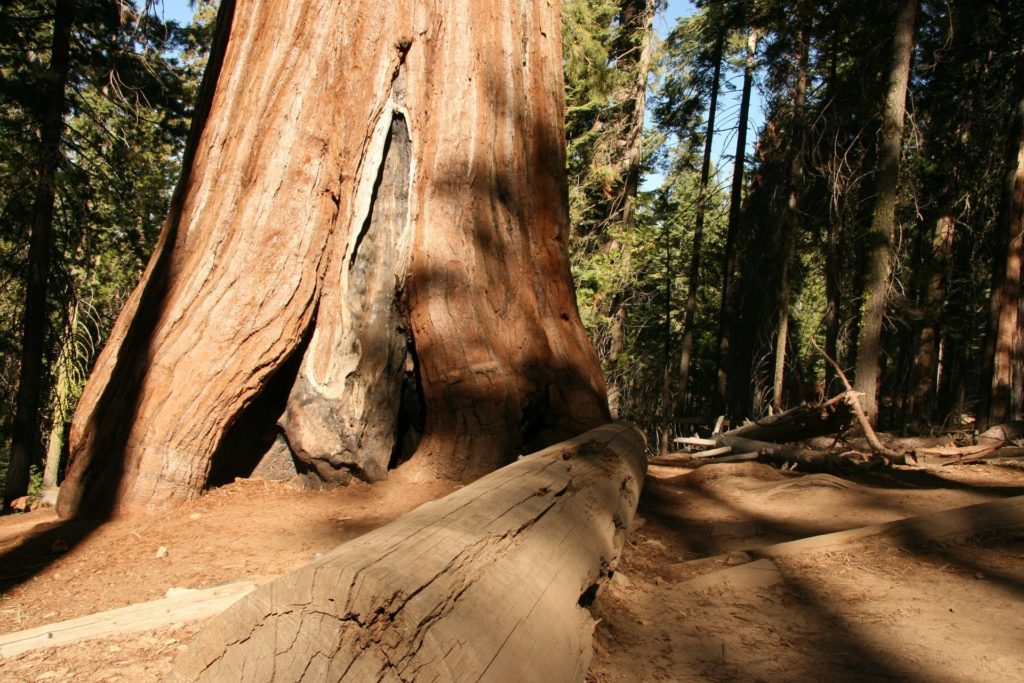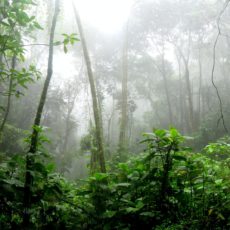
Forests are marvelous, magical places, where we can really connect with nature. Not only are the trees something of wonder, but the biodiversity of the entire ecosystem is truly incredible. And these places happen to be super important for helping to manage our excessive carbon emitting behaviors. But can forests really deal with all the emissions we throw at them? We’re exploring the role the Earth’s forests play in carbon sequestration – which is the absorption and long-term storage of carbon. Carbon sequestration occurs naturally in plants & trees, soils, geologic formations, and the ocean and typically refers to the storage of carbon that has the immediate potential to become carbon dioxide gas.
Trees and plants absorb carbon dioxide through photosynthesis, the biological process by which plants convert CO2 and water, in the presence of sunlight, into energy rich organic compounds for their growth. This process also produces oxygen, which they release. While the tree is alive, it stores the CO2 in its trunks, branches, leaves, bark and roots, and also deposits some through the root system, into the soil.
When a tree dies, it releases the carbon it’s been holding onto. Some is released into the atmosphere, and some into the soil as the wood decays. When a tree is cut down, the majority of the carbon stays in place, being stored in the table and chairs the tree became. However, the wood chips and offcuts may get burned, which will release that part of the stored CO2. And if a forest is burned, rather than cut down, all of the stored carbon is released into the atmosphere. Research which took place during the period 2010-2018, shows that the Amazon emitted more CO2 than it absorbed during that time, in large part thanks to wildfires. Forest fires can, of course, happen naturally and are part of the necessary cycle in some parts of the world. But they will rarely get out of control and burn for weeks. It’s humans who make that happen to clear the way for palm oil plantations or cattle grazing.

38% of Earth’s habitable land is covered in forest. 46% is used for agriculture. Although it’s relatively easy to calculate the emissions of ag, it’s been challenging to monitor the carbon dynamics of forests. Largely, this has been due to annual reporting of forestry data being done inconsistently across the globe. Although there have been standards set by the International Panel on Climate Change (IPCC), some highly forested countries, like Liberia, which has 79% of its area composed of forest, don’t necessarily have the resources to follow the guidelines. So until recently the amount of carbon stored and released has been the best estimates. Not to say they’ve been wildly inaccurate, but they’ve not been as accurate as they are now.
Last year a new methodology for monitoring was put into play by World Resources Institute’s Global Forest Watch. This integrates data sets from various sources, including aerial data, satellite observations and on-the-ground reports. The result is a consistent global framework which will more accurately estimate the carbon flux, that is the sequestration and release, specifically for forests. The monitoring captures deforestation, be that harvesting or burning, and the type, age and condition of the forests. This particular information is important because all trees are not created equal in their ability to remove CO2 from the atmosphere. Not only are there differences for different species, the rate of sequestration changes as the tree grows. When a tree is young it’s hungry for CO2 and absorbs it rapidly. As it gets older the rate slows down, but by then it has loads of carbon within it. Think of it like a 25 year old being able to work a 50 hour week to earn cash quickly (I’m not encouraging 50 hour weeks, by the way…look after yourself!), but by the time they hit 60, they can’t do that, so their earning slows. However, their bank account is very healthy, with the stored money.
Back to the monitoring: by combining the datasets, the researchers are able to estimate how every part of the forest contributes to emissions or removal of them, in 30×30 meter squares. Being able to provide this data will be incredibly helpful to ensure that reforestation programs are doing what they say they are, for example, or governments are on track to meet their Paris Agreement emissions reduction commitment. The initial study from this data has shown that about 27% of the world’s forests which are net carbon sinks are within protected areas, like National Parks, which is fantastic news.

Let’s quickly look at the differences of tree types when it comes to sequestration. And bear in mind this is also affected by location, climate, water availability and soil quality. Oaks are great at rapidly absorbing carbon and then holding tight to it, due to their long lifespan. And they can also absorb other pollutants, like ozone, xylene and benzene. But the tree with the best carbon storage capability is the coastal redwood, predominantly due to living for more than 1,000 years! It’s been claimed that one of these majestic trees will absorb about 250 tons of CO2 in its life.
Thinking about the way a tree will more rapidly absorb carbon when it’s young, and that when a tree dies it releases the entirety of its stored carbon, but that when a tree is cut to create a timber product it retains the carbon – sustainable forestry is the only forest management which makes sense. Plant a new forest, wait for it to grow and maintain it until that particular tree type is near the end of its average lifespan, and then cut it down to create the timber we need. By preventing the tree from dying and decomposing we’re able to avoid those carbon emissions. Of course, there needs to be consideration for the logging method as it wouldn’t make sense any longer if the equipment used created more emissions than was saved by preventing the tree from dying. And please note, that we’re absolutely not saying we should start logging old growth forests or rainforests! Sustainable forestry refers to maintaining a forest’s full environmental, social and economic value, without compromising any of this for future generations. We’re going to delve into what sustainable forestry is and isn’t in an upcoming article.
Trees and forests are necessary for helping us manage our carbon emissions. But they can’t do the impossible…while we are refusing to rapidly and dramatically reduce global emissions, our forests will never be able to do enough sequestration. We need more trees, yes – but we also need to make adequate and fast changes to our emissions.
And let’s not forget that trees are so much more than a CO2 bank! They provide habitat, shade, food, medicine, water and oxygen. We encourage you to get outdoors and really see and feel the trees around you, and appreciate all they do!



